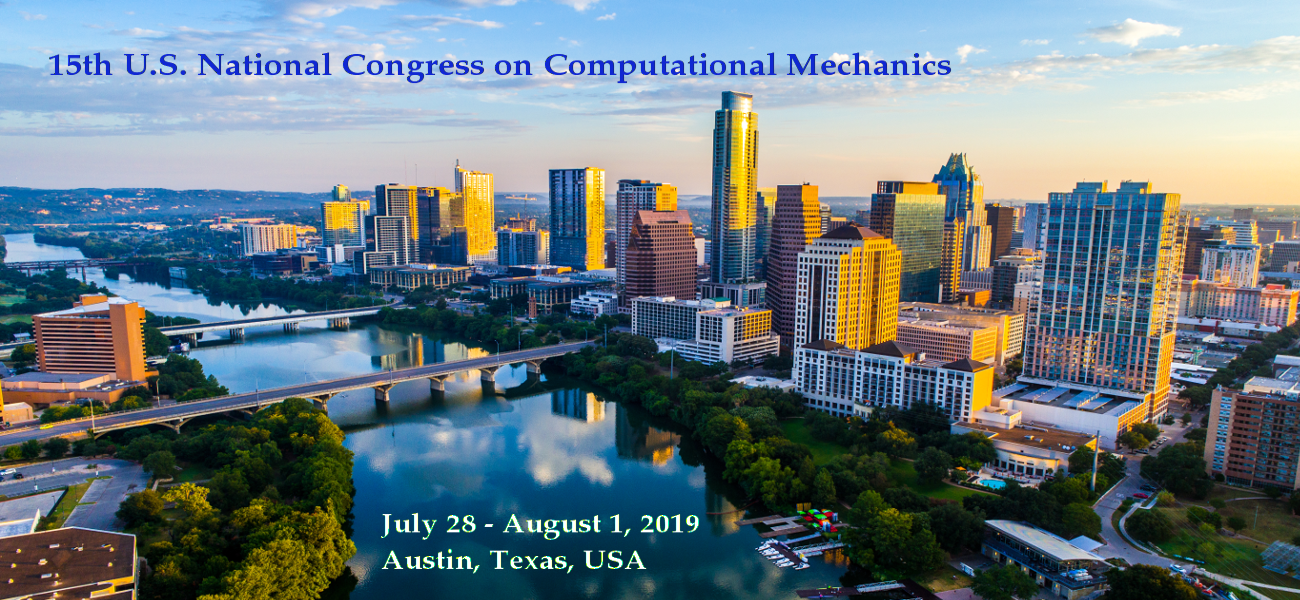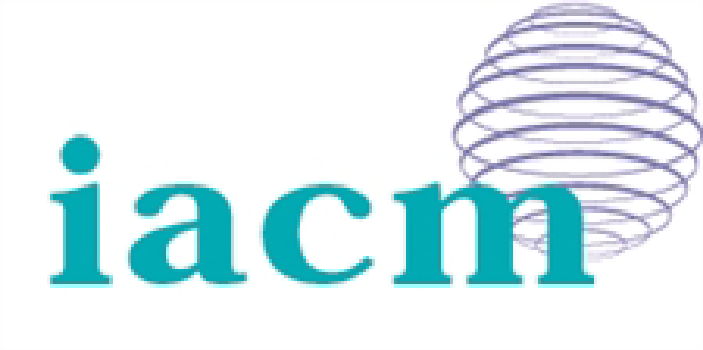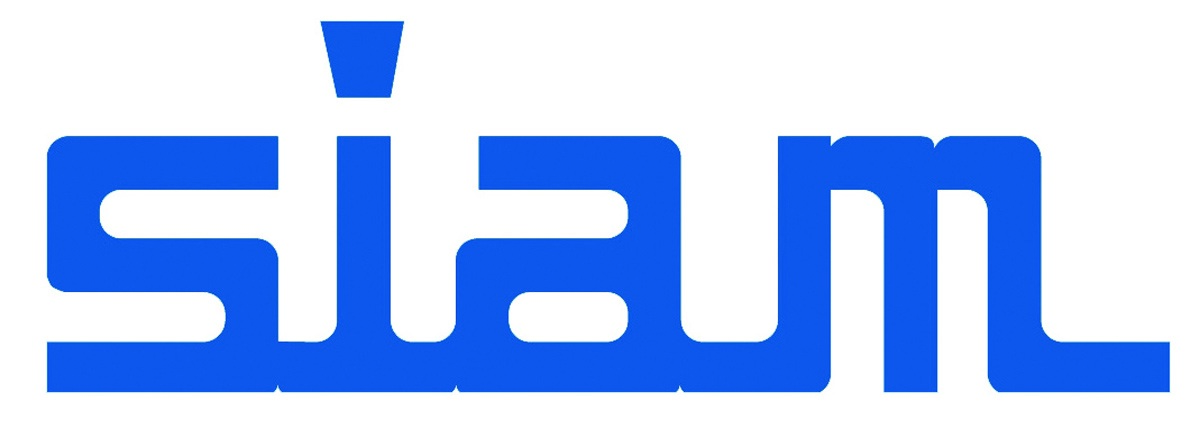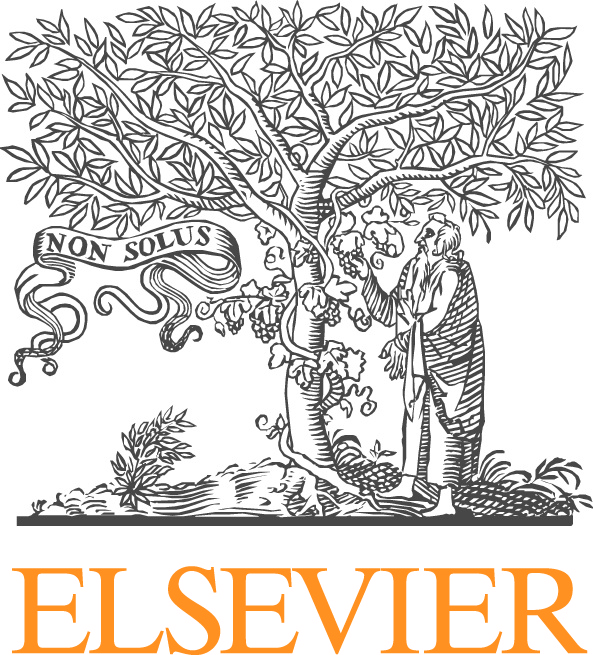Stephen Lange, University of Kassel
Bjoern Kiefer, TU Freiberg
Andreas Ricoeur, University of Kassel
Due to their attractive and versatile functionalities, smart materials are widely being used in a large number of innovative technical applications. Typical examples are electro- and magneto-mechanical actuators and sensors with applications in the area of automotive valves or high-precision measurement devices. More recent investigations target the development of an extended and overarching class of smart materials that couple magnetic with electric fields. Such materials are termed magneto-electric multiferroics and allow for a variety of new applications like electrical magnetic-field sensors and magneto-electric random access memories.
Classically, the above smart materials and composites are derived from hard (e.g. ceramic or metallic) materials. When employed as actuators, related devices thus show very high actuation forces but only small displacements. When used as sensors, signals can be recorded at highest precision.
It has been only recently that smart materials of the soft type entered the scene. Typical examples are electro-active polymers (EAP) and magnetorheological elastomers (MRE). Such materials can be manufactured in a rather straight-forward manner and benefit from low fatigue, long lifetime and relatively cheap constituents. Opposed to the hard type, soft smart materials allow for very large displacements, but only very low actuation forces.
In either case, strong efforts are being made at international level to develop models, experiments and simulation tools that help foster the understanding and the design of smart materials. Examples are:
modeling of electro- and magneto-mechanical phase transitions (phase-field methods, relaxation methods, ...),
advanced modeling approaches to magneto-electro-mechnically coupled material behavior at small and finite strains,
(computational) homogenization techniques across length scales to assess the effective properties of composite smart materials (multiferroics, EAP, MRE, ...),
experimental characterization and parameter identification of magneto-electro-mechanically coupled materials,
design and optimization of smart materials (topology optimization, new and advanced experimental routines),
application to actuation, sensoring, energy harvesting, data storage an other technological areas,
The aim of this minisymposium is to unite scientists and engineers who are active in smart-materials research. Experts from the field of modeling and simulation as well as from the field of experimental investigations are welcome to contribute to this minisymposium.







